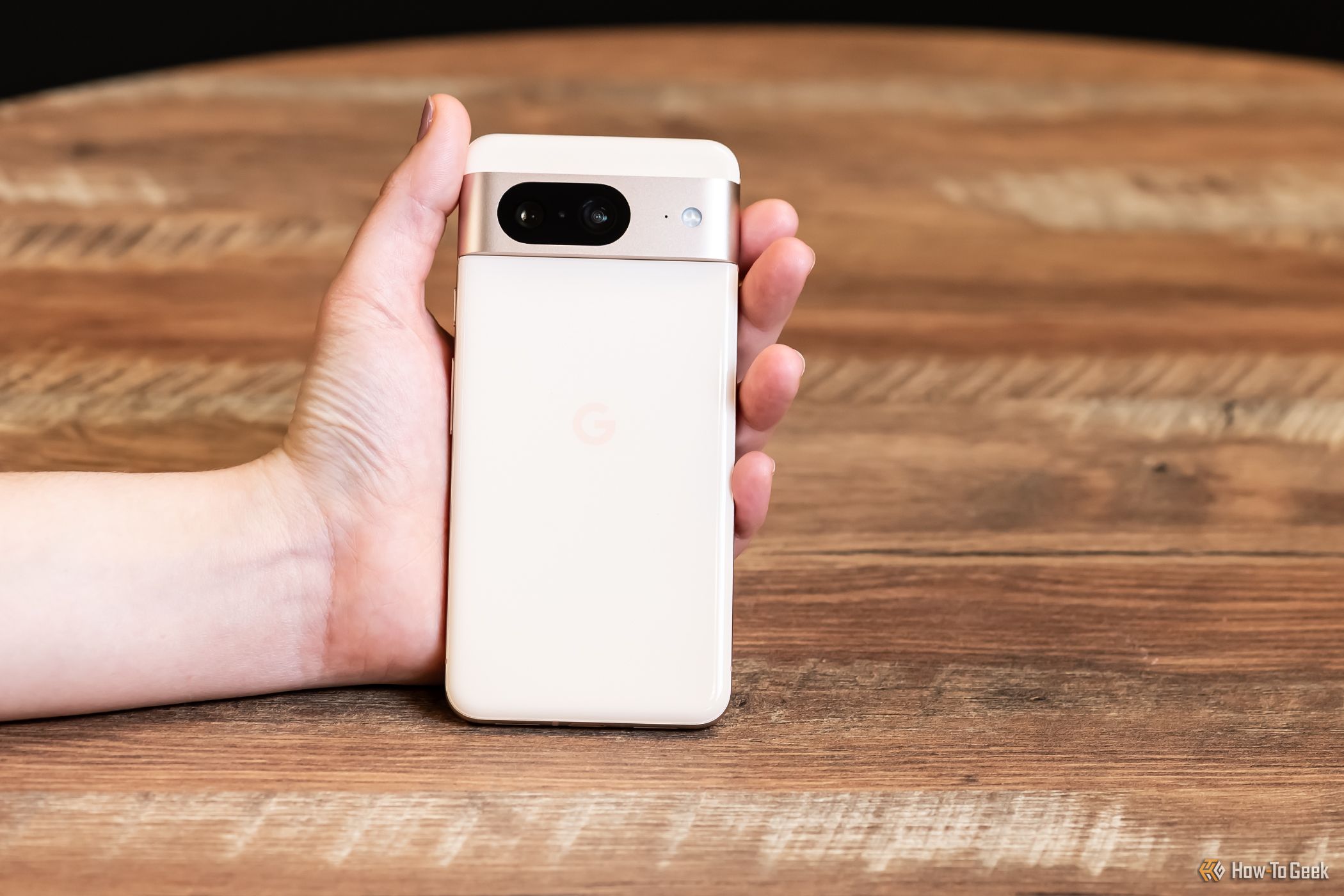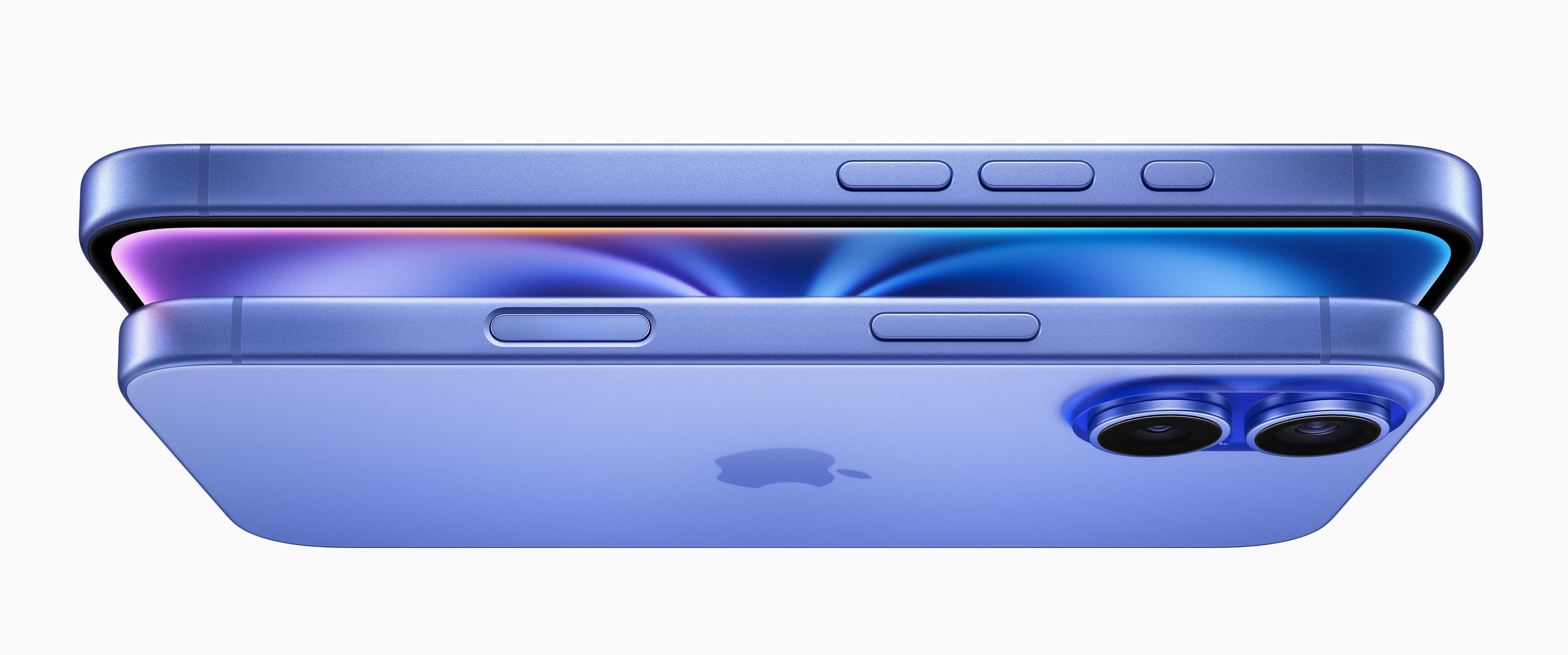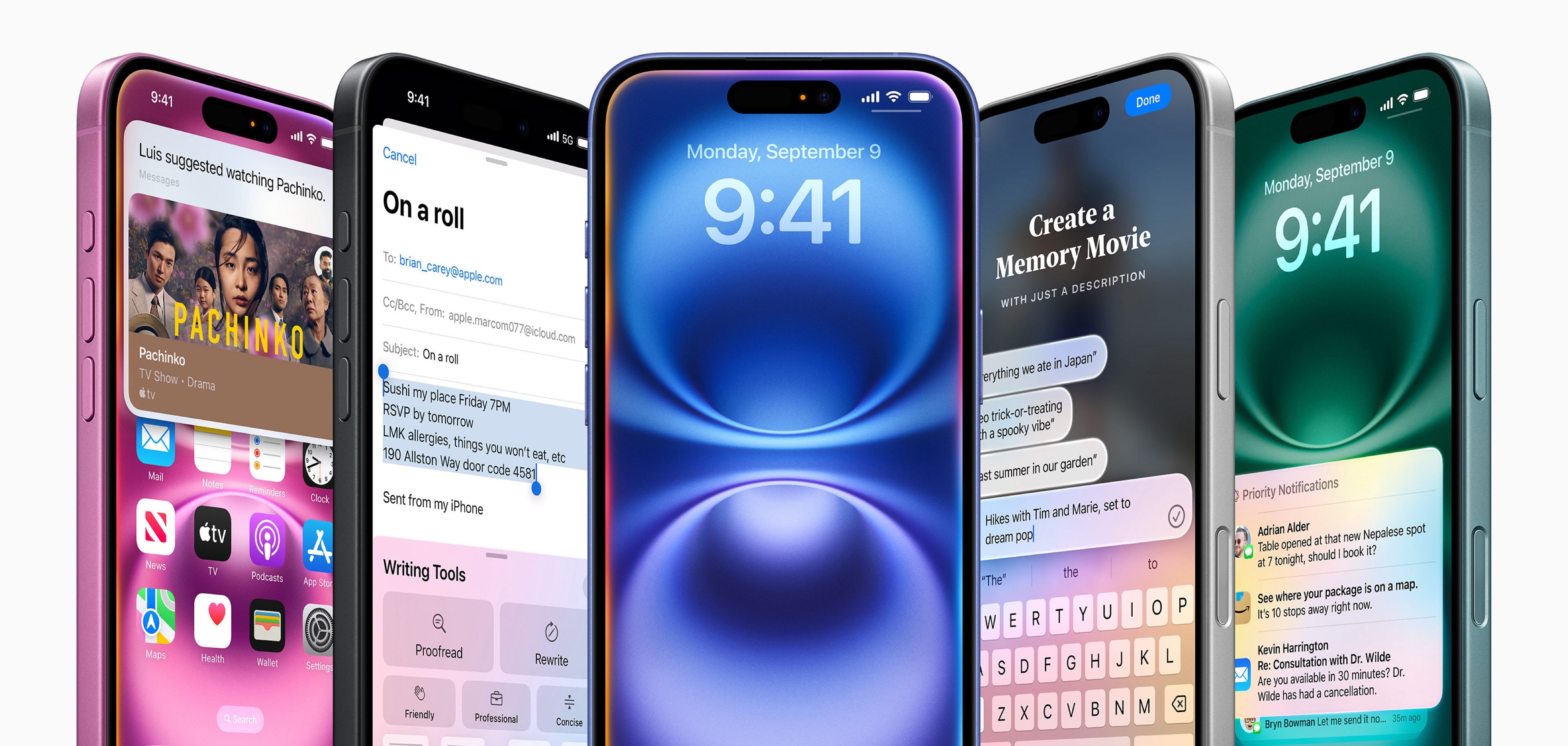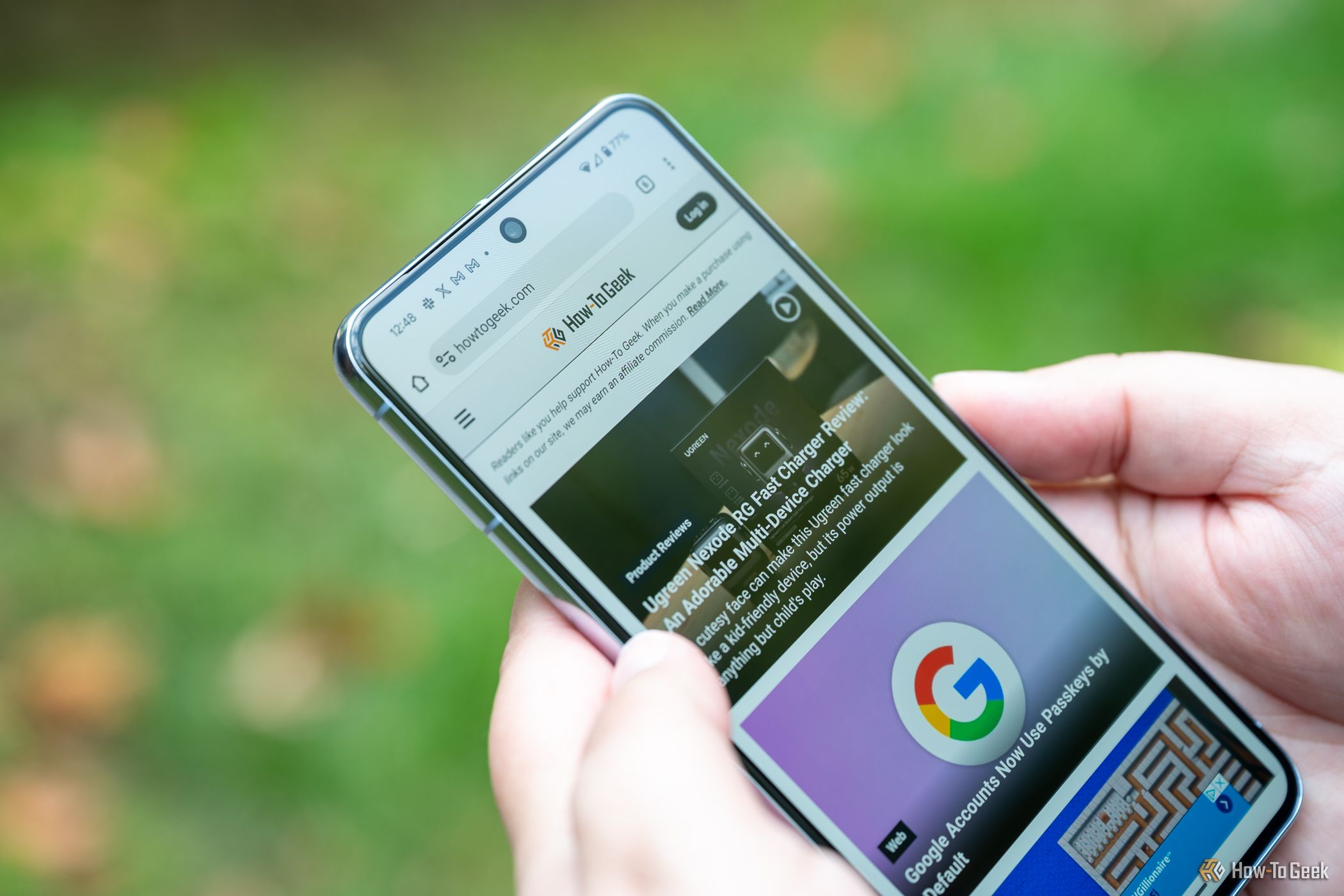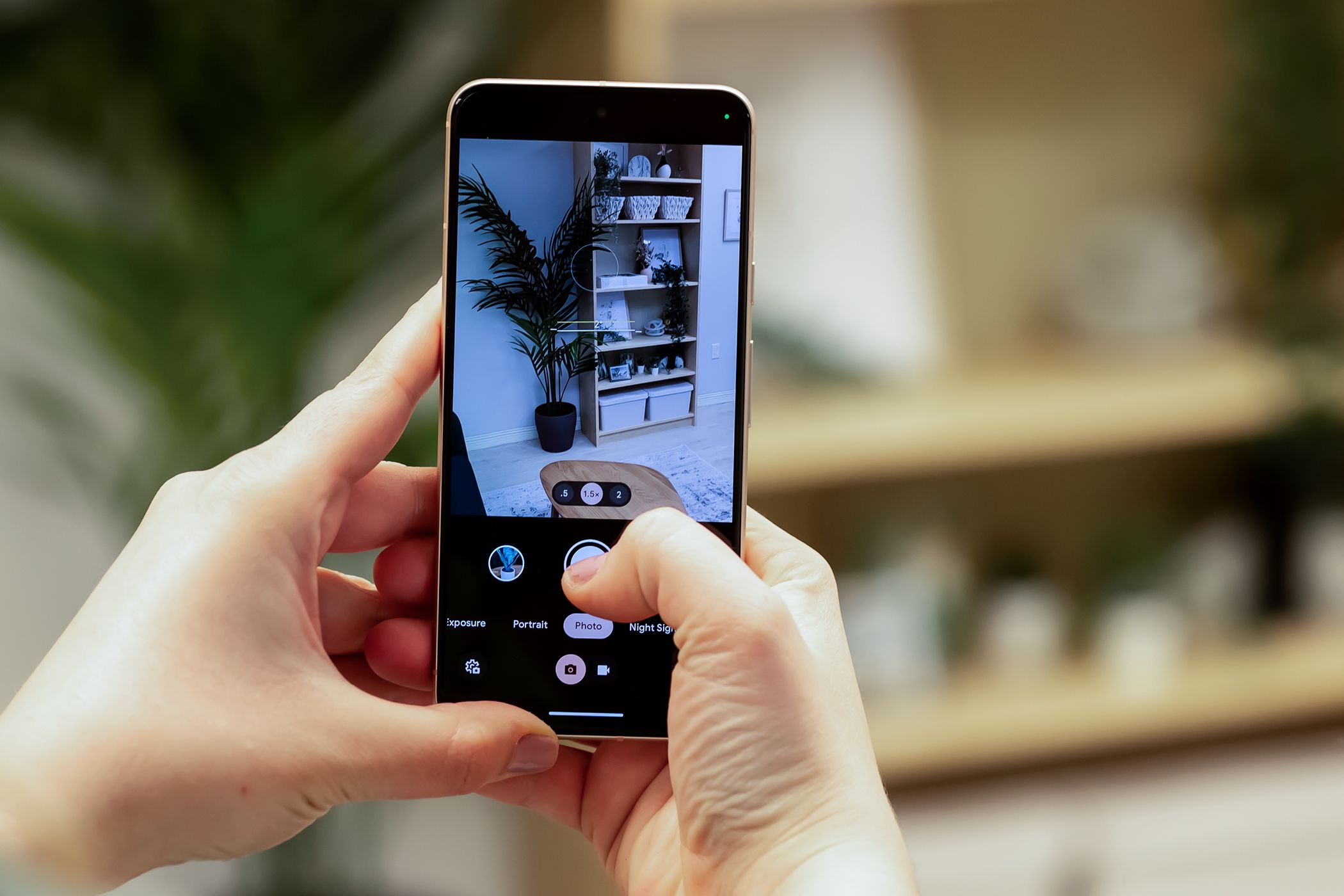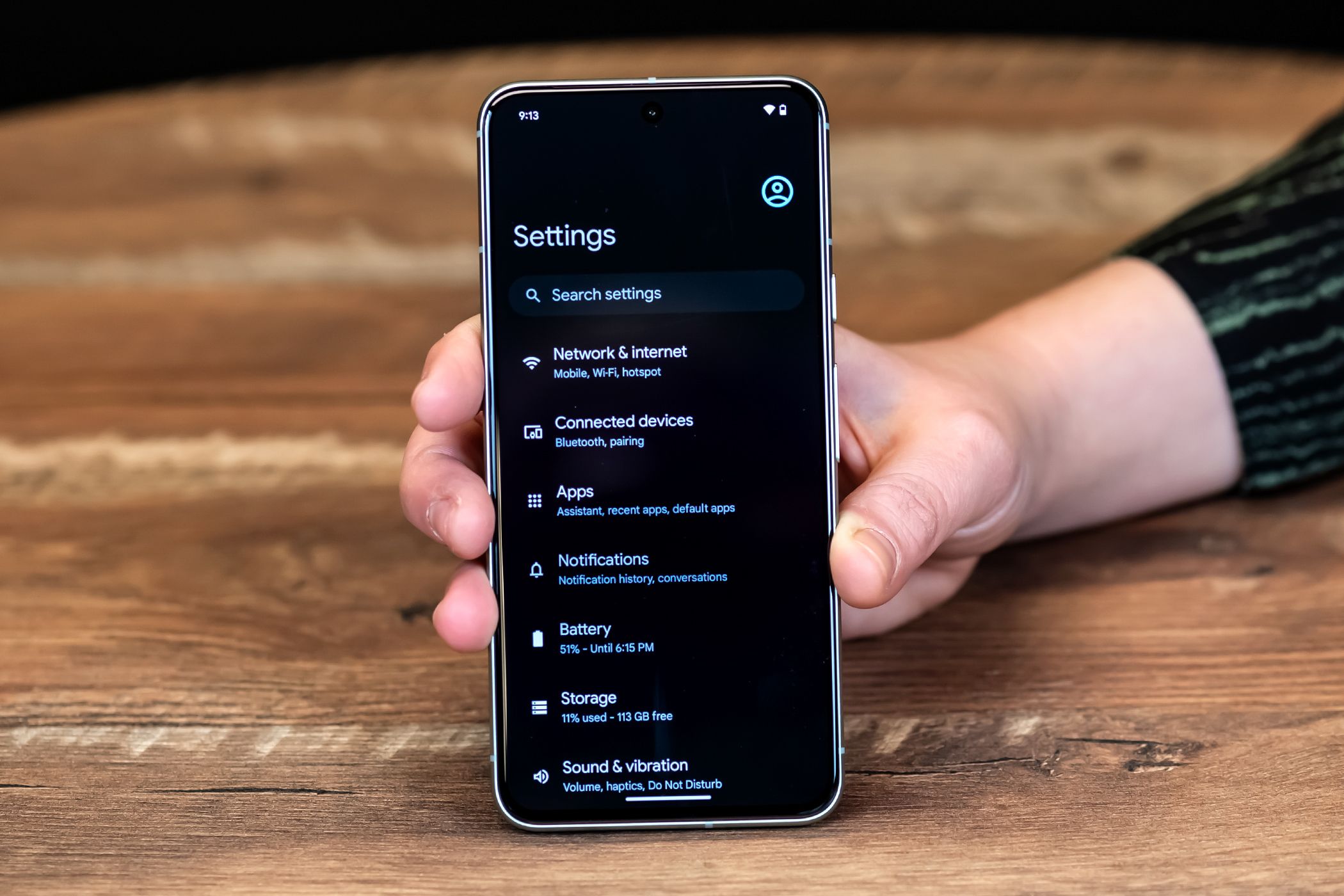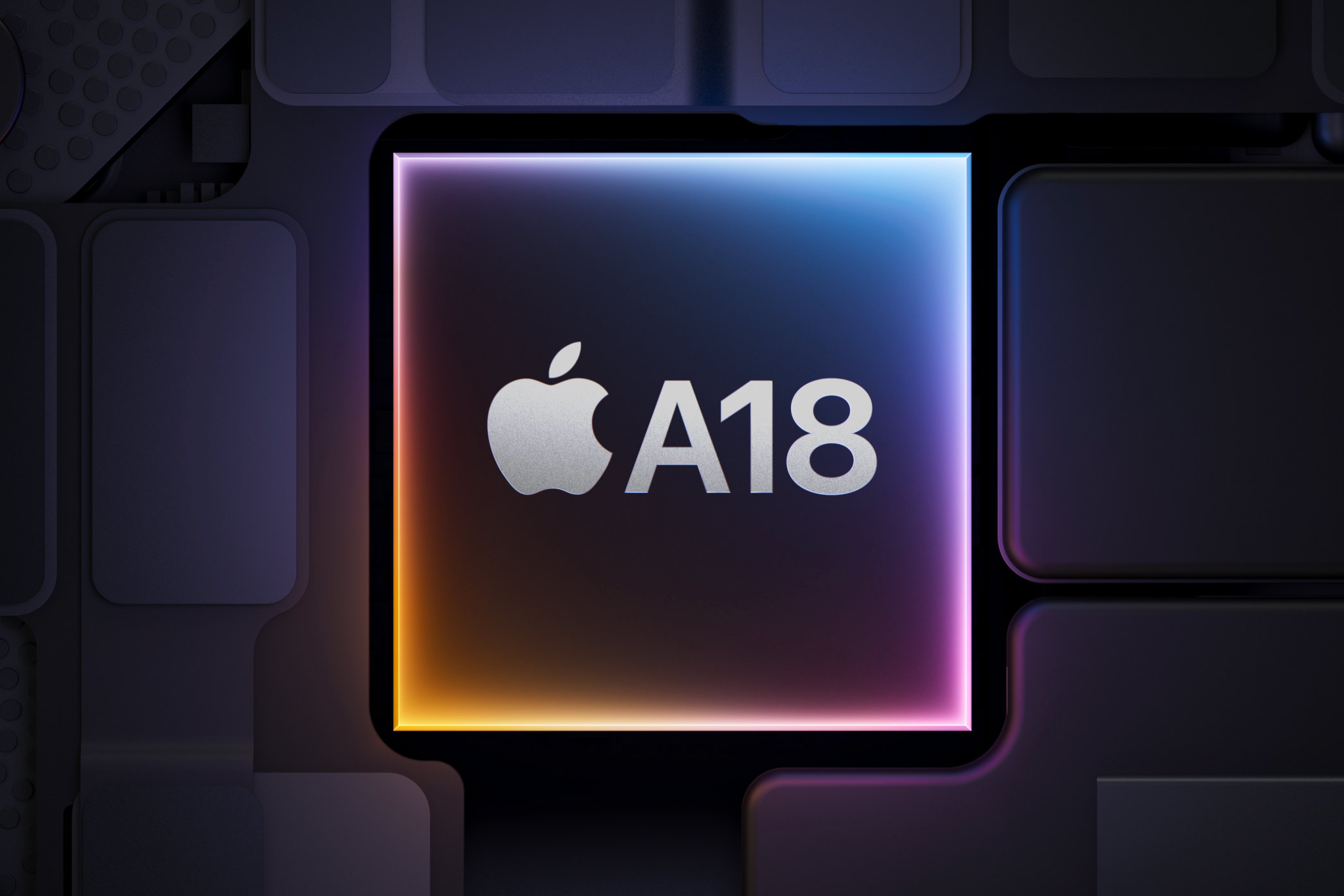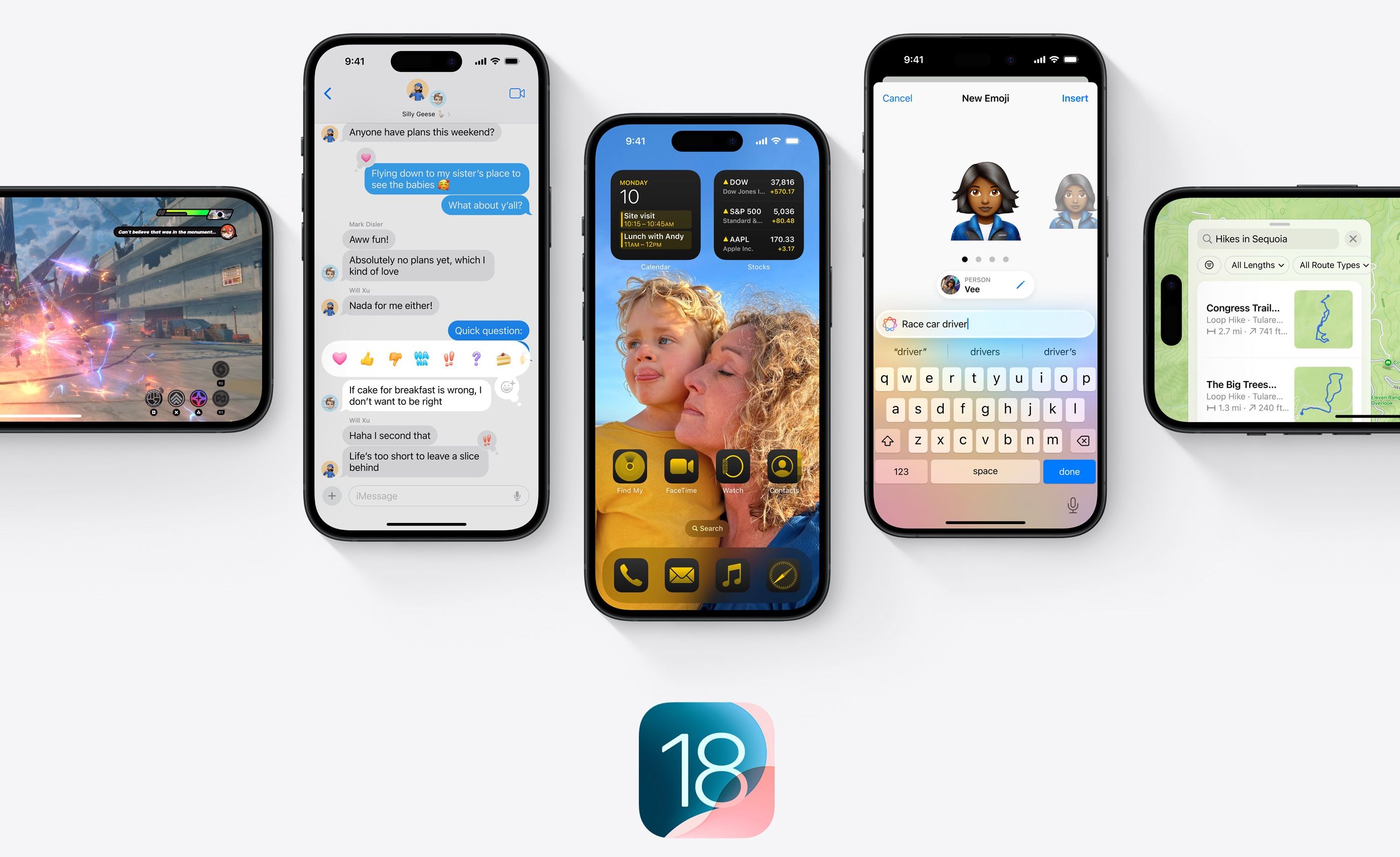Key Takeaways
- The Pixel 8 is bigger and heavier than the iPhone 16, but the screen is a touch larger, too.
- The iPhone 16 is a lot more powerful with the new A18 chipset. The amount of RAM has been upgraded to 8GB—the same as in the Pixel 8.
- The Pixel 8 is the cheaper of the two, starting at $100 cheaper than the iPhone 16’s $799 price point.
If you’re still rocking a Pixel 8 but are tempted to try something new, the iPhone 16, with its ultra-fast processor, new Camera Control button, and the promise of a supercharged Siri might have caught your eye. So is it time to make the switch?
The iPhone 16 Is Smaller and Lighter
The Pixel 8 adopted rounded corners, which gives it a distinctly iPhone-esque look. It is a bigger device, though. The display is 0.1 inches larger, which makes the phone taller, wider, thicker, and heavier. In fact, it’s around 10% heavier, at 6.6oz (187g) compared to the iPhone’s 6oz (170g).
Both phones have nice slim bezels, although they’re slightly larger on the Pixel (and not quite symmetrical if you look closely). The phones are dust and water-resistant with an IP68 rating. They both have a glass front and back and an aluminum frame.
The biggest difference is that the iPhone 16 has two extra buttons around the edges. One is the Action Button that can be used to control commonly used features, like turning on the flashlight.
The other is the all-new Camera Control button that launches the camera, works as a physical shutter button, allows you to zoom and focus, and much more.
The Pixel 8 Has a Higher Refresh Rate
The Pixel 8 has a larger screen at 6.2 inches compared to the 6.1-inch iPhone 16. Its resolution is lower, however, at 1080×2400 pixels. The iPhone’s resolution is 1179×2556 pixels, which means a higher pixel density of 460 pixels per inch against 428ppi. In truth, it’s unlikely you’d notice the difference.
The Pixel 8’s refresh rate can go as high as 120Hz, and bottoms out at just 60Hz. By comparison, the iPhone 16 has a maximum refresh rate of 60Hz (unlike the Pro models, which have had Apple’s 120Hz display for three generations).
The Pixel 8’s screen hits a typical maximum brightness of 1400 nits, according to Google, and can top out at 2000 nits in the brightest conditions. The iPhone 16 typically hits 1000 nits, and can also go as high as 2000 outdoors. The minimum brightness is just 1 nit.
The main difference on the front is the hole-punch camera on the Pixel, which is smaller than the Dynamic Island on the iPhone but also less useful.
Similar Cameras; Different Camera Apps
The iPhone 16 and Pixel 8 both have a two-camera setup with very similar specs. The iPhone’s main camera is 48 megapixels with a bright f/1.6 aperture. The Pixel’s is 50MP with a slightly darker f/1.7 lens.
The main sensor on the Pixel is slightly larger at 1/1.31 inches compared to 1/1.56 inches, but because the iPhone has a lower resolution, each pixel is a touch bigger.
The ultra-wide lens on both devices is 12MP with an f/2.2 aperture. Both phones also offer 2x zoom and macro photos, giving you the equivalent of four lenses. There are some differences between selfie cameras. The iPhone has a 12MP front-facing camera, f/1.9 aperture, and 23mm focal length. The Pixel looks worse on paper with a lower 10.5MP resolution and smaller f/2.2 aperture.
The biggest difference in the cameras is not in the hardware but in the software. The Pixel 8 produces outstanding photos with minimal effort. The iPhone 16 camera gives you far more creative control, whether through manual controls or Photographic Styles that allow you to quickly change the look of your photos on the go.
The Battery Life Is Similar
Apple doesn’t publish battery specs, so it’s hard to compare directly with the Pixel. The company rates the iPhone 16 battery as being good for up to 22 hours of video playback, while Google describes the Pixel 8 as offering “24+ hours” of battery life under specific conditions.
Battery life always depends on your usage. It’s unlikely there’s much difference between the two phones.
Charging speeds are similar. The iPhone 16 can charge up to 50% in 30 minutes using a 20-watt charger and the Pixel 8 can do the same with a 30W charger.
The Pixel offers 18W wireless charging. The iPhone 16 can do 25W via MagSafe, or 15W via a Qi2 charger. Both phones can also provide reverse charging, but only the Pixel can do this wirelessly.
The iPhone 16 Is Much More Powerful
The A18 chipset in the iPhone 16 is way ahead of what Google can offer. Although we don’t have access to any benchmark tests at the time of writing, we do know that the A16 Bionic chip used in the iPhone 15 was significantly faster than the Pixel 8’s Tensor G3 chip. The A18 is certainly not a downgrade.
Both phones have 8GB of RAM. The amount of memory is not directly comparable across the two platforms because Android phones typically use more memory than iPhones. The fact that the two devices have the same amount of RAM is a definite plus for the iPhone 16.
The reason for the A18 upgrade this generation is so that the iPhone 16 can run Apple Intelligence, which won’t be available on the iPhone 15. Apple’s AI features run almost entirely locally on the smartphone, depending on the cloud for a few more complex tasks.
iOS or Android?
The iPhone 16 launched with iOS 18. Apple Intelligence is the biggest new feature with its upgraded Siri, although it was not available at launch and its availability in general will depend on where you are in the world. For some users, though, AI will be the reason to switch to iOS.
The Pixel 8 launched with Android 14 and is good for seven major Android updates, so will keep going up to 2030. However, Pixel-exclusive features don’t always make their way to older devices. There are no guarantees about exactly what features will work with the Pixel 8 in the years to come.
Apple doesn’t officially specify how long it supports its devices, but The Verge has reported that the company is committed to at least five years of software support.
The Pixel 8 Is Cheaper
The Google Pixel 8 starts at $699 for the 128GB variant, a full $100 cheaper than the entry point for the iPhone 16 ($799). Both devices have 256GB storage options, but only the iPhone 16 offers a 512GB option at a $1,099 price point.
|
128GB |
256GB |
512GB |
|
|---|---|---|---|
|
iPhone 16 |
$799 |
$899 |
$1,099 |
|
Pixel 8 |
$699 |
$759 |
– |
It’s worth noting that if you want Google’s mint colorway then you’ll be limited to the 128GB Pixel 8.
It would be hard to argue that the iPhone 16 isn’t a better device than the Pixel 8. It’s much more powerful than Google’s phone and is packed with neat little touches like the new Camera Control button, the Action Button, better camera software, and so on. Apple Intelligence also looks like a good selling point.
But is that enough to warrant making the switch? iPhones have been more powerful than Android phones ever since Apple began designing its own chips. Nothing has changed there. If you’re happy with Android but fancy something different, you might want to consider swapping your Pixel 8 for a Galaxy S24 instead.
-
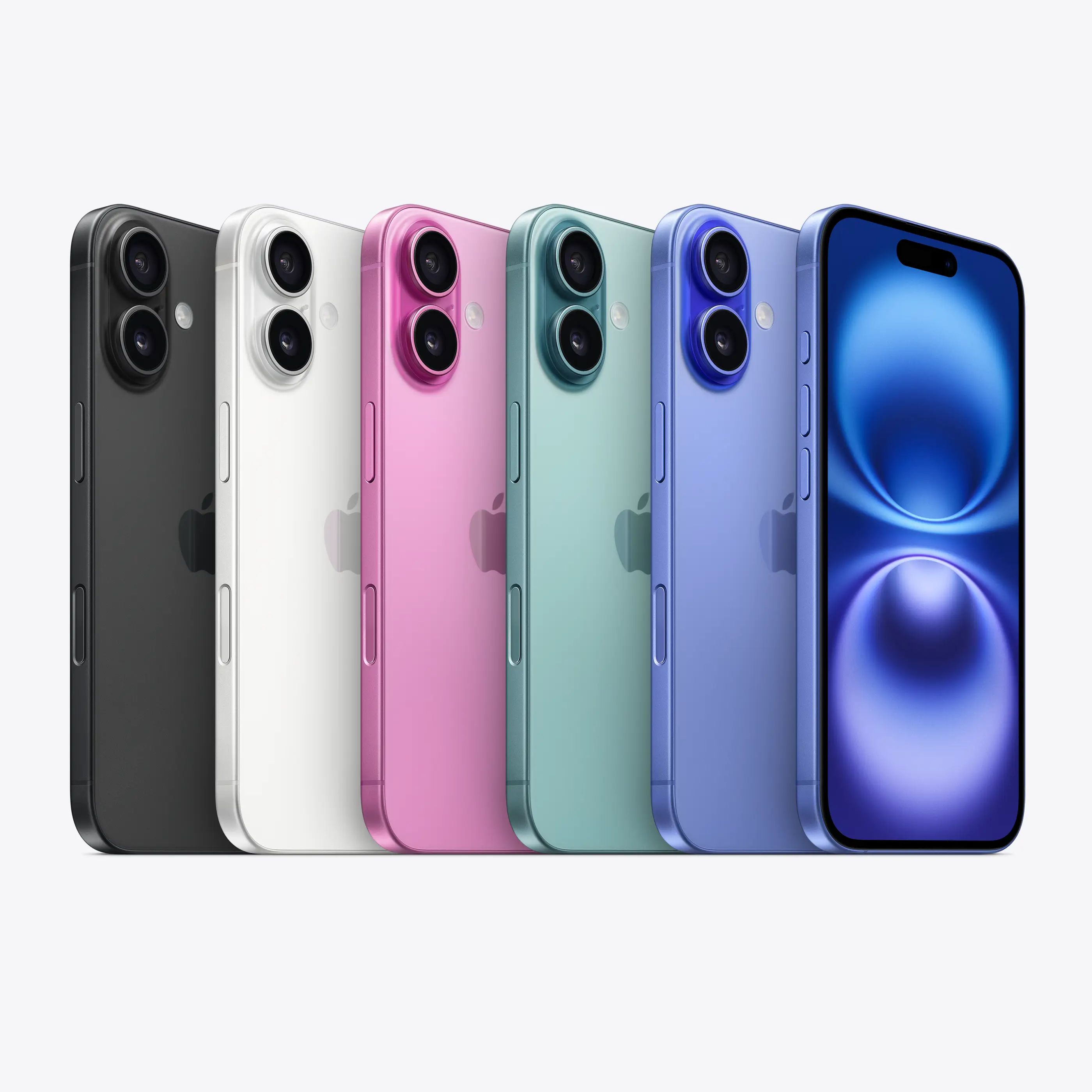
Apple iPhone 16
Apple’s newest iPhone featuring a camera button, programmable action button, and artificial intelligence features.
-
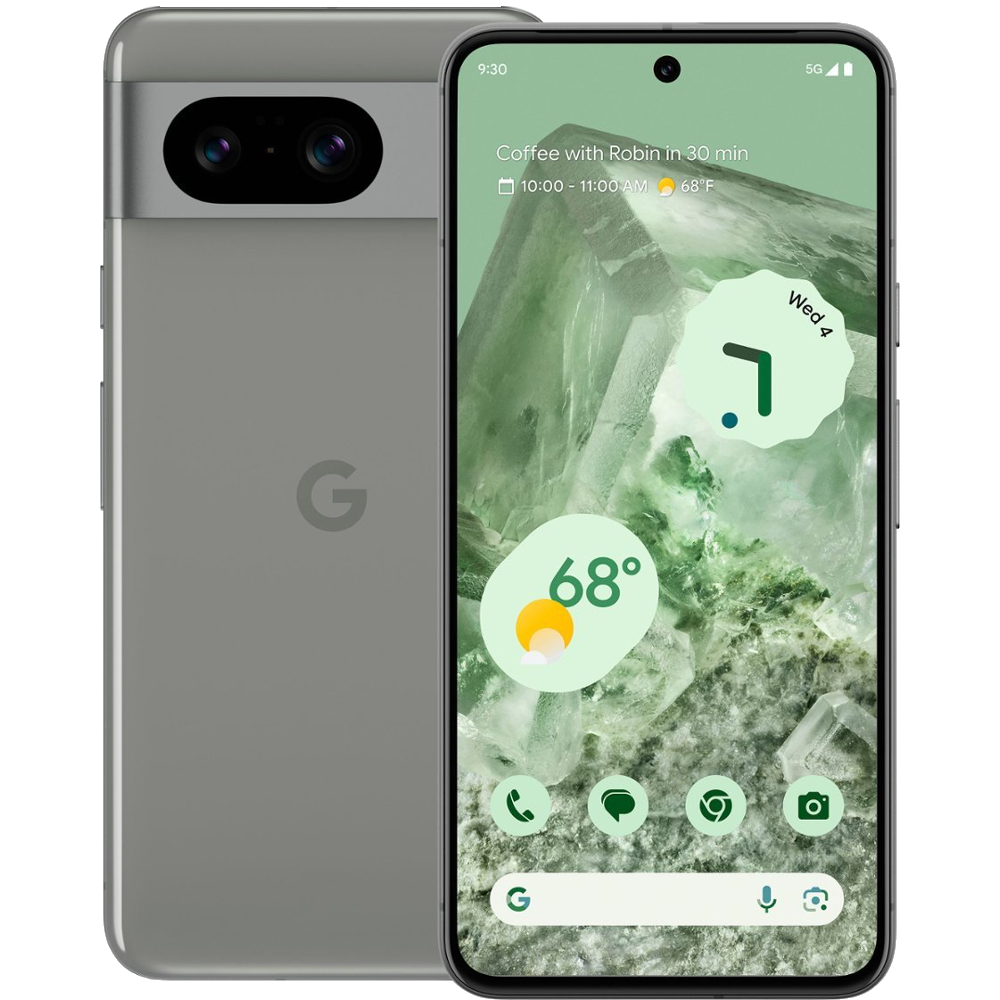
Google Pixel 8
$499 $699 Save $200
Built with Pixel’s most advanced chip and Google AI to help you do more effortlessly. Its cameras are also great at capturing high-quality images even in poorly light environments.


